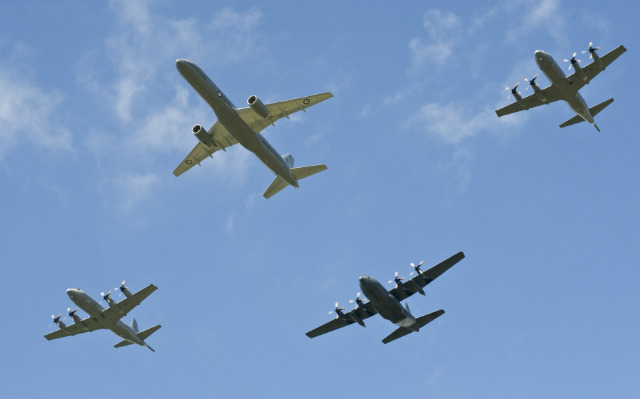New Zealand’s Ministry of Defence has released requests for information covering the acquisition of future air mobility and air surveillance capabilities.
The first request invites responses on potential fixed-wing aircraft solutions to replace the Royal New Zealand Air Force’s current air mobility assets, which include two Boeing 757-200 transports and five Lockheed Martin C-130H tactical airlifters.
Outlining its future air mobility needs, the defence ministry says it seeks to replace the current assets with a “no less than equivalent” capability. Replacements for the air force’s Hercules are required from February 2020, with initial operational capability (IOC) to be declared 12 months later and full operational capability to follow “no later than 2024”. Its 757s need to be replaced from February 2025, with IOC expected by February 2026.
For its future air surveillance capability (FASC), the defence ministry is asking for information about platforms and services that could help the air force continue to deliver such services following the retirement of its six Lockheed P-3K2 Orion maritime patrol aircraft around the middle of the next decade.
The defence ministry’s operational concept “will be largely a continuation of the extant P-3K2 Orion-based concept, adapted to exploit any greater platform and capability systems performance of the FASC fleet and support systems”. New aircraft will be required to match the current type’s delivery of a combined 2,500-3,200 flight hours per year.

Royal New Zealand Air Force
The information requests were issued on 17 August, with responses for both due to be received by 30 September. Both seek to explore potential commonality between the air mobility and air surveillance solutions.
Source: FlightGlobal.com
















